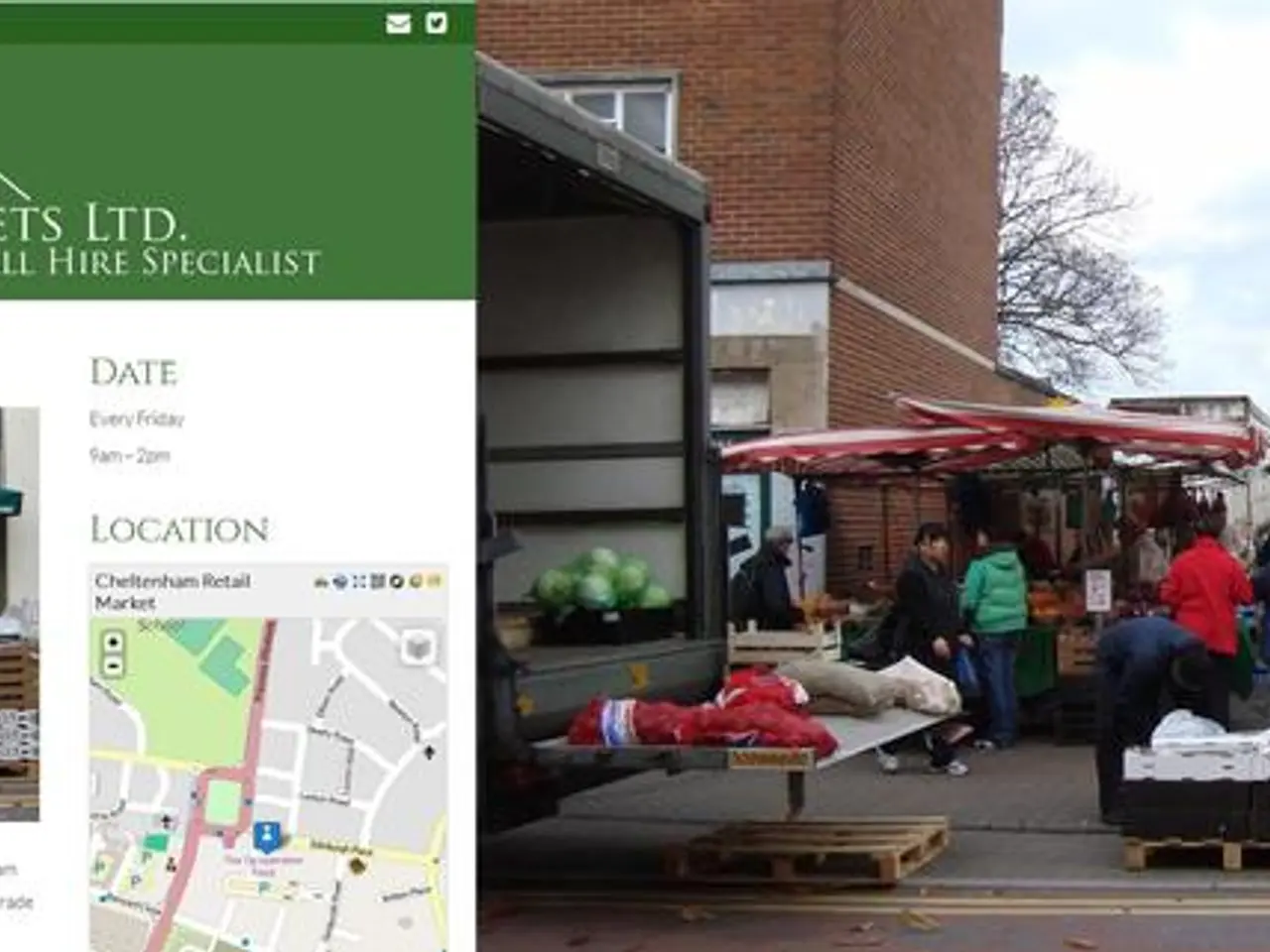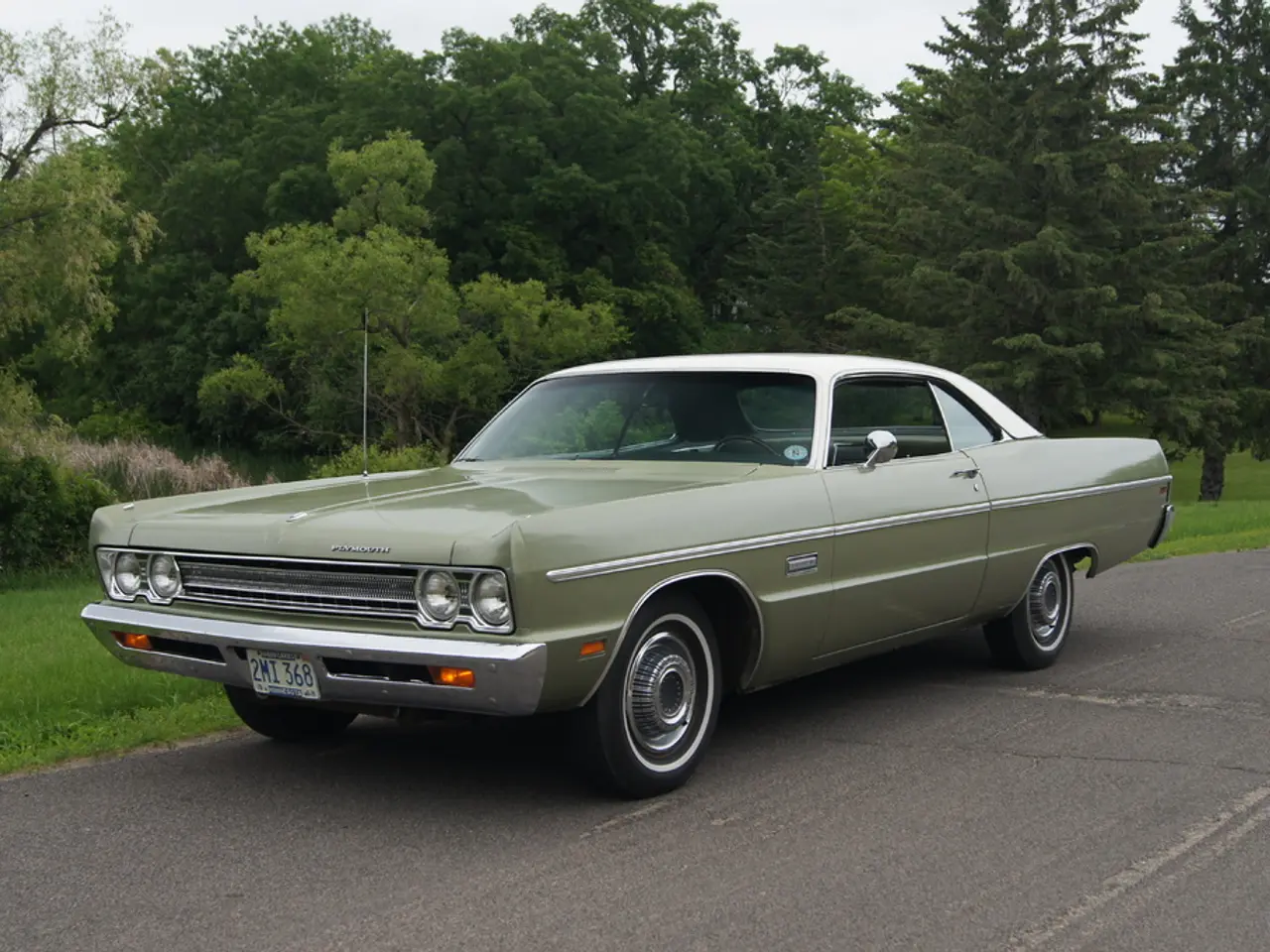Co-founder of Ripple Unloads $175 Million in XRP - Possible Implications for SHIB Investors
In the world of cryptocurrencies, a significant event occurred in July 2025 when Chris Larsen, co-founder of Ripple Labs Inc., transferred approximately $175 million worth of XRP to multiple wallets. This transfer caused a near 14% price drop from XRP’s recent peak around $3.65 to roughly $3.08–$3.15, highlighting the vulnerability of crypto markets to price swings caused by large insider moves.
The transferred XRP was divided among four different addresses, with about $140 million reaching centralized exchanges or related services. This large-scale movement raised widespread concern among investors about a potential market sell-off or "dump," as such insider activity often precedes price declines and spooks retail market participants.
The transfers disrupted XRP’s recent bullish momentum following Ripple’s partial legal victory and intensified debates about the distribution of XRP tokens and insider influence over the market. Wallets associated with Larsen still hold over 2.81 billion XRP, valued at approximately $8.4 billion.
The XRP sell-off exemplifies risks associated with cryptocurrencies that have significant token holdings controlled by a few insiders. Compared to SHIB, which is often promoted for its relatively decentralized token distribution, XRP’s concentrated insider holdings pose more risks of destabilizing sell-offs during market rallies.
In the SHIB ecosystem, tokenomics are crucial for maintaining credibility and community strength. SHIB's largest wallets are publicly verifiable and tied to smart contracts, such as ShibaSwap liquidity pools, staking mechanisms, and designated burn addresses. Team-controlled supply is minimal, and governance evolves through community-led processes.
The transfer by Chris Larsen has reignited a debate about token supply control and trust in centralized figures. Some users in the crypto community criticized Larsen's recent transfers as part of an ongoing trend of insider selloffs. However, others defended the action, suggesting it was intended to distribute his holdings more broadly.
In SHIB, tokenomics are not just technical details, but the foundation of credibility. The emphasis on distributed control, open accountability, and limited insider ownership is more than just a feature, it’s a moat that keeps the community strong. In ecosystems built on trust and transparency, such as SHIB, maintaining a decentralized token distribution is paramount.
As of now, XRP is currently trading near $3.06, with a market capitalization of around $181 billion. The event serves as a reminder for holders to consider token distribution and governance structures when assessing market risk. The debate about centralization in mature ecosystems like XRP continues, underscoring the importance of transparency and decentralization in the crypto world.
- The large-scale transfer of XRP tokens by Chris Larsen raised questions about the distribution of XRP tokens and insider influence over the market, highlighting the potential risks associated with cryptocurrencies that have significant token holdings controlled by a few insiders.
- In contrast to XRP, SHIB's tokenomics focus on distributed control, open accountability, and limited insider ownership, making it more resilient to potential sell-offs and maintaining a strong community.
- The event involving XRP's price drop emphasizes the importance of understanding token distribution and governance structures when assessing market risks, as these factors can significantly impact the stability and credibility of a cryptocurrency ecosystem.




